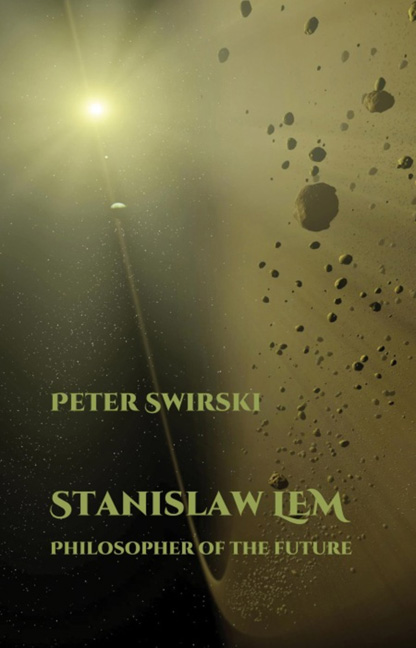2 - In the Kaleidoscope of Books
from PART I - BIOGRAPHY
Summary
Ariadne's Thread
The most frustrating—or, conversely, the most rewarding—thing about Julio Cortazár's Hopscotch is that, goaded by the author, the reader can rearrange the book's 155 chapters according to an interpretive Ariadne's thread of his own liking, producing new semantic wholes and narrative holes that dramatically alter the meaning of this novel–without–a–genre. In fact, Cortázar himself suggests two main narrative sequences, before opening the door to an interpretive free–for–all by declaring no less than 99 chapters dispensable.
Caught up in his quasi–Lemian game of U–Write–It, most readers may not realize that the numerical explosion lurking in the wings is a Trojan horse on a cosmic scale. This is because the number of unique chapter rearrangements, i.e., the number of all possible Hopscotches, equals the number of all possible permutations of all chapters. This amounts to 155 factorial, or 155!—far, far, FAR more than the number of all the atoms in the universe.
As a bestselling writer and groundbreaking philosopher, Lem published more than 40 novels, story collections, and multivolume monographs. As I mused only half in jest in a 1992 essay, “A Literary Monument Revisited”, in an analogue to Cortázar they can be viewed as one monumental lifebook whose “chapters” can be ordered and re–ordered to produce a shape–shifting kaleidoscope of antecedents and descendants, precursors and epigones. In fact, Lem's lifework invites being approached as 40–plus fugues on a handful of themes—intellectronic automata, evolution of life and thought, the relation of culture and technology, and probability and chance—revisited with persistence that borders on obsession, all stitched together by his view of science fiction as realistic literature and of literary realism as sound prognostication.
But, shuffle and reshuffle his narrative deck as long as one might, it will still continue to exhibit three coeval trends. Over the decades, on the thematic level Lem returns from the stars to preoccupy himself with the concerns of our here–and–now. On the narrative level, he gradually trades in characterization for macroanalyses of sociocultural and technoscientific trends and patterns.And on the stylistic level, he progressively pushes all genre conventions to the limit in the 1960s before taking a quantum leap into the metafictions of the 1970s and beyond.
- Type
- Chapter
- Information
- Stanislaw Lem: Philosopher of the Future , pp. 27 - 68Publisher: Liverpool University PressPrint publication year: 2015



